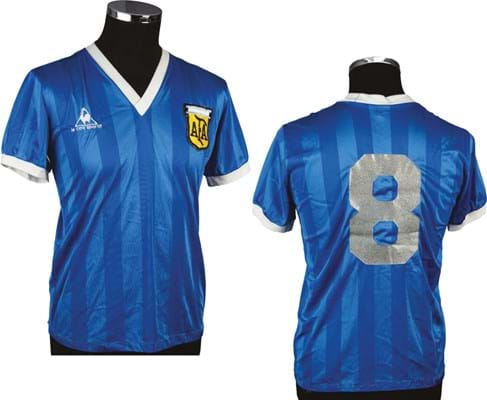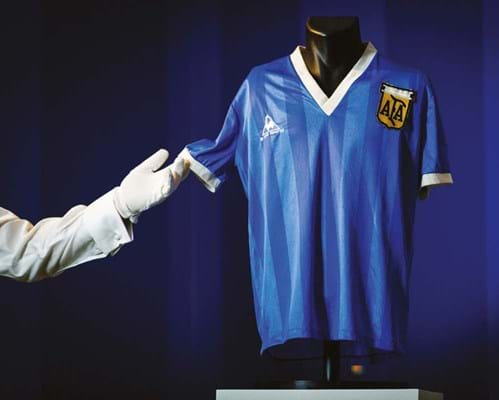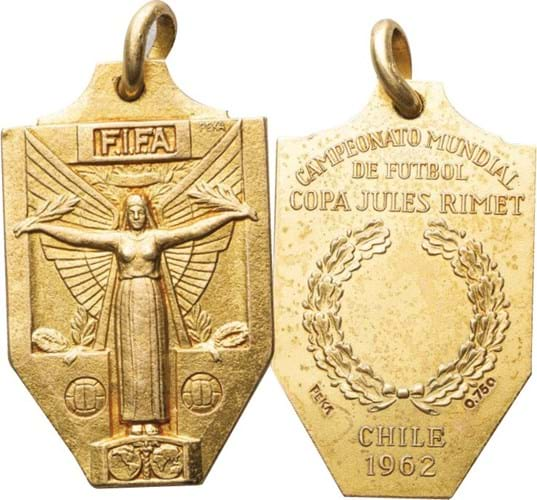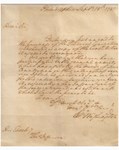At first, Nestor Clausen’s football shirt coming up at auction would not seem to be much of a winner.
The former defender did make 26 appearances for Argentina and enjoyed a solid if unspectacular club career on home soil and in Switzerland, but the most notable stat leaping out is the incredible 20-plus management positions he has held in the past 23 years at club and international level.
These include Argentina, Bolivia, Switzerland, Oman, Kuwait, Dubai, Ecuador, Tunisia and Peru – and repeat performances at several of them even.
So, apart from an intriguing stat attack, why are we talking about him? More importantly, why did his jersey sell for a whopping £22,000 at Graham Budd’s (24% buyer’s premium) special World Cup auction on November 16?
A big clue comes from the dates he made his international appearances: 1983-89. This is 1986 World Cup glory territory for Argentina. And of course, the ‘Hand of God’ victory over England on June 22 that year at the Azteca Stadium, Mexico City.
The collecting pulling power of that 2-1 quarter-final game was shown in the record £6m hammer price at Sotheby’s for Diego Maradona’s shirt worn in that quarter-final against England. It had been swapped with England’s Steve Hodge at the end of the game.
While the 1986 big hitter at Budd’s auction – the football used in that game when Maradona scored two, one sublime, one illegal – turned out to be too much of a long shot when it failed to get away on an estimate of £2.5m-3m, Clausen’s shirt gave a rather more affordable chance to own a reminder of Argentina’s World Cup victory.
Despite the fact he sat out that epic clash on the bench, his No 8 shirt still demolished the £2600-3000 guide, going to a private European buyer. It was consigned by a UK private collector. Clausen had started just one game in the tournament: the first against South Korea.
Amazingly, the shirts used in the quarter-final had been bought only days before the match in a sport shop in Mexico City because coach Carlos Bilardo felt the regular ones were too heavy in the conditions. Maradona (1960-2020) had said: “When we played against Uruguay in Puebla, it started pouring and the alternate blue jersey they had given us weighed us down like a wet sweater.”
After a frantic search, badges were hurriedly stitched on and American Football sparkly silver numbers added.
The shirts were still Le Coq Sportif but an older style with a slightly different logo.
Pele’s replacement
Twenty-four years earlier, Amarildo Tavares da Silveira took a much bigger role in Brazil’s successful World Cup campaign held in Chile. He replaced the injured Pele and scored three goals in the tournament including the first goal in the final in the 17th minute as Czechoslovakia were defeated 3-1.
His 18ct gold winner’s medal fetched the highest price of Budd’s auction. Consigned by a private collector based in Chile, it sold to a private international buyer online for £46,000 (estimate £30,000-40,000).
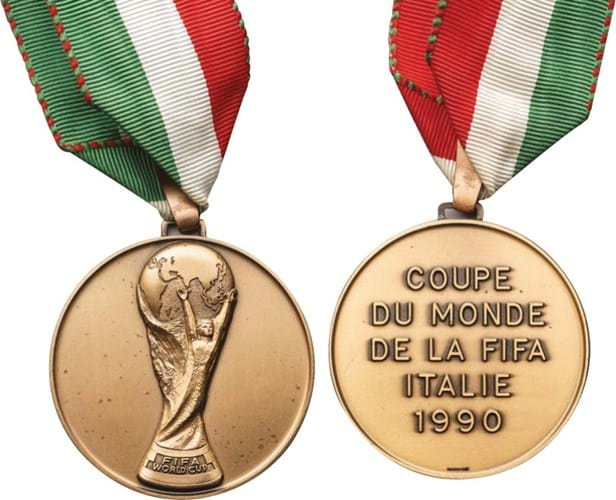
Italia 90 3rd/4th place bronze medal awarded to English FA press officer David Bloomfield – £12,000 at Graham Budd.
Another World Cup medal that sold well above estimate was an Italia 90 3rd/4th place bronze medal that had been the property of David Bloomfield, the England Football Association press officer for the campaign.
Not exactly from a household name or a member of the playing squad or management, it still made a remarkable £12,000, three times top estimate. It went to a private UK buyer – perhaps reflecting the fond memories England fans have for that tournament?
Or maybe more to do with Bloomfield’s key role in launching New Order’s 1990 World Cup song World in Motion...


